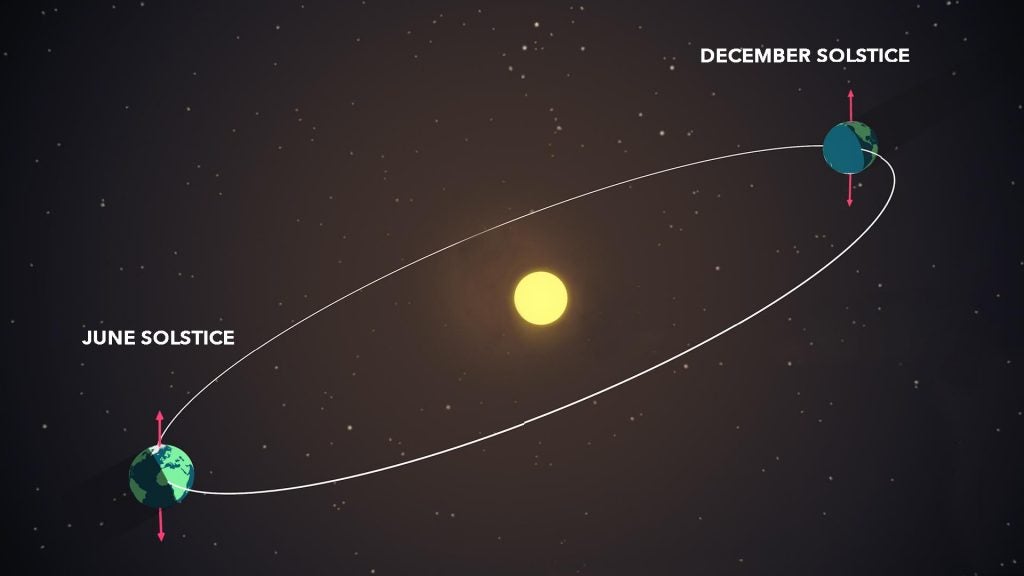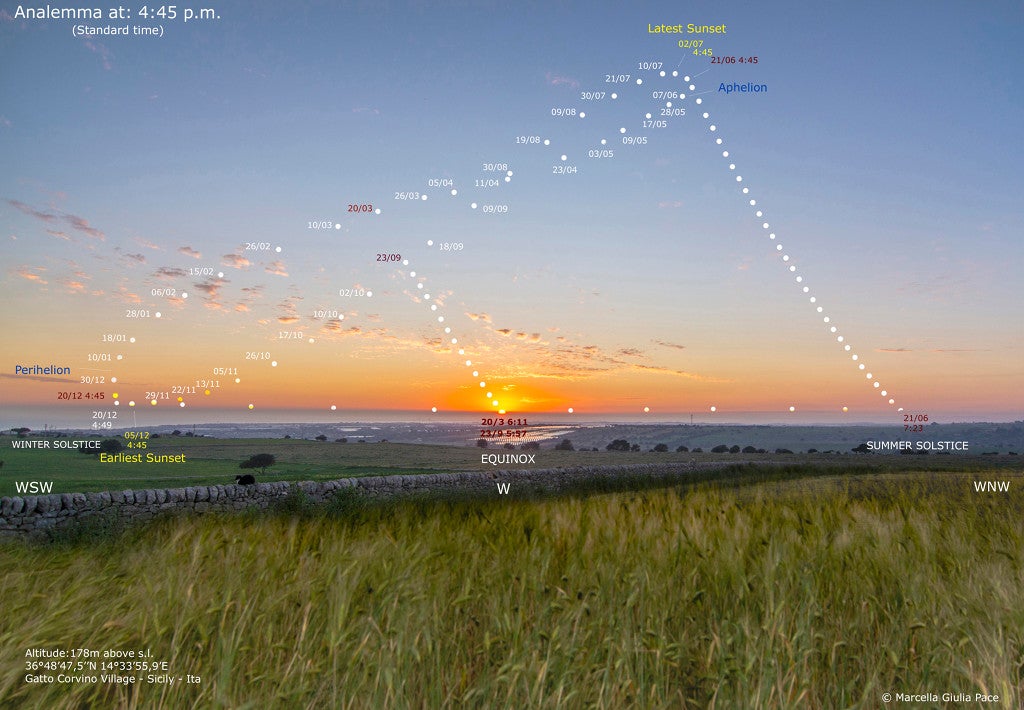Summer solstice 2022: What to know about the first day of summer on 21 June?
Event marks the official beginning of summer for those living in northern hemisphere

Your support helps us to tell the story
From reproductive rights to climate change to Big Tech, The Independent is on the ground when the story is developing. Whether it's investigating the financials of Elon Musk's pro-Trump PAC or producing our latest documentary, 'The A Word', which shines a light on the American women fighting for reproductive rights, we know how important it is to parse out the facts from the messaging.
At such a critical moment in US history, we need reporters on the ground. Your donation allows us to keep sending journalists to speak to both sides of the story.
The Independent is trusted by Americans across the entire political spectrum. And unlike many other quality news outlets, we choose not to lock Americans out of our reporting and analysis with paywalls. We believe quality journalism should be available to everyone, paid for by those who can afford it.
Your support makes all the difference.Summer begins on Tuesday morning with the summer solstice and the longest day of the year.
That’s when the Sun will appear at its northernmost point in the sky relative to the equator in the northern hemisphere: It’s also the generally recognised official beginning of summer.
What is it?
The summer solstice, like the seasons themselves, results from Earth’s axial tilt.
Our planet spins like a top, creating day and night as one hemisphere rotates to face the Sun as the other rotates to face out into space. The axis on which this daily rotation occurs also tilts, with the hemisphere tilted toward the Sun experiencing a higher Sun angle — the Sun appearing higher in the sky — and summer conditions.
So while Tuesday will bring the longest stretch of sunlight in 2022 to the nothern hemisphere, those in the southern hemisphere will experience their shortest day. Tuesday is also the southern hemisphere’s winter solstice and the official beginning of their winter.
Photographing the Sun in the sky over the course of the year, or marking the location of a shadow cast at noon throughout the year, creates an analemma — a figure-eight that results from the changing apparent positions of Earth and Sun as we move through the seasons.

When is it?
It will happen at 5.13am EDT Tuesday. That’s the moment the Sun actually reaches its northernmost point in the sky for the year, kicking off the longest day.
After Tuesday, the days will gradually grow shorter, and the nights longer, until the end of summer on Thursday 22 September — the date of the autumn equinox in the northern hemisphere. Day and night are balanced on the equinox and will trade places thereafter, with the nights growing longer and days shorter until the winter solstice on Wednesday 21 December.
At least, that’s the winter solstice in the northern hemisphere. For the southern hemisphere, 21 December will mark the beginning of summer.
For those living on the Tropic of Cancer, 23.5 degrees North latitude, Tuesday will make their one “no shadow” day of the year. The Tropic of Cancer is the furthest point North where the Sun will appear directly overhead at solar noon, so that objects cast virtually no shadows at that time.
The Tropic of Capricorn, at 23.5 degrees South, experiences its no shadow day on the winter solstice.
Those living on the equator, meanwhile, perceive two “no shadow” days each year, the Sun passing directly overhead at noon on the spring and autumn equinoxes.
What’s it mean?
The solstices and equinoxes were important to ancient humans for practical and religious purposes, serving as calendar markers for hunting, planting and ceremonial observances. The famous stone pillars of Stonehenge, in Wiltshire England, were erected so as to frame the rising Sun during the solstices.
Observations of the solstices also built the foundation of modern scientific thinking in the classical world.
In 200 BCE, the Greek philosopher Erastothenes compared shadows cast during the summer solstice in the Egyptian cities of Aswan and Alexandria — located around 24 and 30 degrees North latitude respectively — to calculate a rough circumference of the Earth. Eratosthenes calculated the planet was between 24,000 and 29,000 miles in circumference, and he wasn’t that far off of the actual figure of 24,900 miles at the equator.
Join our commenting forum
Join thought-provoking conversations, follow other Independent readers and see their replies
Comments